Our family has been reading a profound historical novel
from Japan: Silence, by Shūsaku Endō.
At the Wheaton College parent orientation Benjamin and I attended in August the entire freshman class was reading Silence as part of Wheaton’s new Christ-at-the-Core curriculum and they encouraged parents to read it as well. He and I were also able to attend the “Stepping into Silence” exhibit about the book at their Billy Graham Center. 


Shūsaku Endō’s novel Silence centers on a young 17th century Jesuit priest who’s sent to Japan to investigate whether or not his mentor has committed apostasy. What Rodrigues, the young Jesuit, learns is the truth of the Kakure Kirishitan (Hidden Christians) who are undergoing 40 years of intense persecution. To root them out, officials take anyone suspected of being a believer out in front of their village where they are forced to trample on a fumi-e (a bronze image of Christ) as a way of not only renouncing their faith but shaming them so that others will not believe. Those who refuse are imprisoned or killed by anazuri (hanging upside down in a toilet pit and being slowly bled to death).
For Rodrigues, his illusion of the glory of martyrdom is stripped away as he witnesses this and learns that Ferreira, his mentor, and other priests, were told to either renounce their faith or continue to watch as believers in their congregations were tortured to death before them. The novel wrestles with doubt, shame, betrayal, and traumas’ effects on faith.
This was one of those great books that makes you ask, “Would I do that? Would I renounce my faith in Christ to end the torture and suffering of others?” …questions that stay with me and make me look at my own heart…to face the darkness of my own doubts.
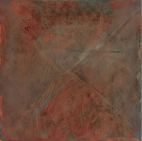
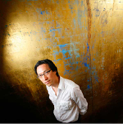
The Stepping into Silence exhibit included a number of wonderful paintings inspired by Endo’s book by the renowned artist Makoto Fujimura (Silence & Beauty). So often still, we hear that “to doubt is to sin” yet Fufimua highlights how, Endo’s Silence exposes the flaw in this line of thinking. “It does not express faith in God but instead faith in clarity and our lust for certainty.” “Faith can be rational, but only after a deeper journey toward mystery and transcendence.” Most of us do not like to sit with our doubts. When faced with multiple horrible choices, we want clarity.
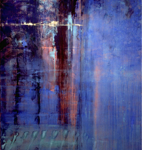
In the 16th century Christianity had grown to over 100,000 believers in the Urakami District of Nagasaki Japan when it was banned and believers were hunted and persecuted. The survivors of the persecution secretly maintained their beliefs for 250 years before the ban was lifted in the 19th century. The church then had grown to over 15,000, when on Sunday August 9, 1945 the second atomic bomb at the end of WWII, detonated 550 yards above their church killing 10,000 of the parishioners. Some things are hard to understand.
Last week 11 Syrian missionaries who work in conjunction with ChristianAid Mission, were killed by crucifixion or beheading, in front of their team leader near Alepo. Well over 300,000 Iraqi and Syrian Christians have been killed in the past three years. Andrew White, the last Anglican Vicar in Iraq, told the BBC recently that Christianity is about to disappear in Iraq and Syria. But as the Kakure Kirishitan, the hidden Christians, of Nagasaki have shown, though God may at times seem silent, he is present with us.
Our nation faces choices this fall I fear we will be held accountable for, both individually and as a nation. Are we afraid of wandering in the wilderness? Is my faith in God or is it but faith in certainty. God promises to be with us even in the silence of our doubts, and (spoiler alert) ultimately, He is not silent.
Unless otherwise noted, all images are by Allan Robbins


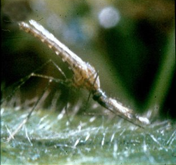
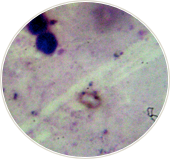
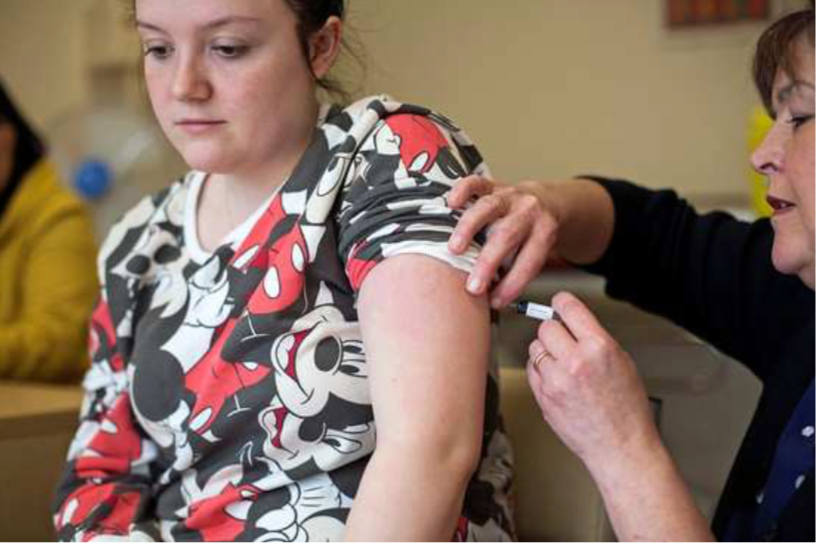
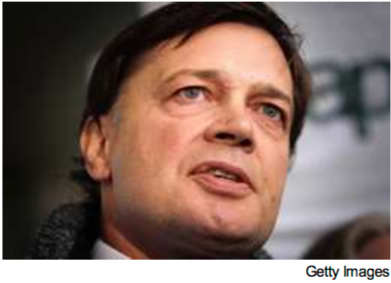
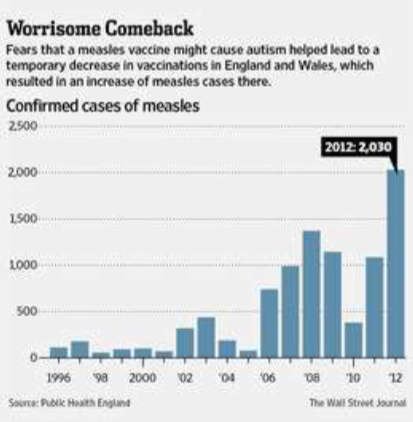
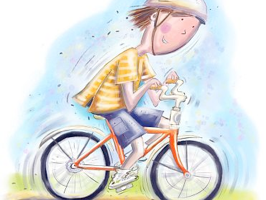
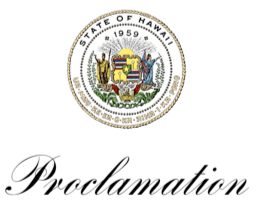

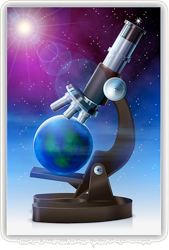 The Bible never assumes that our faculties are limited to our supposed “five senses.”
The Bible never assumes that our faculties are limited to our supposed “five senses.”